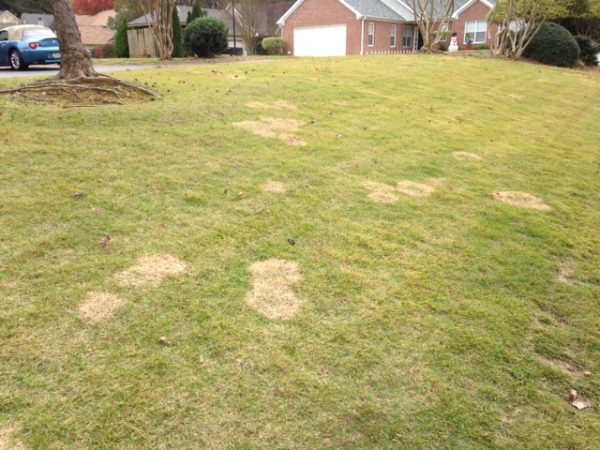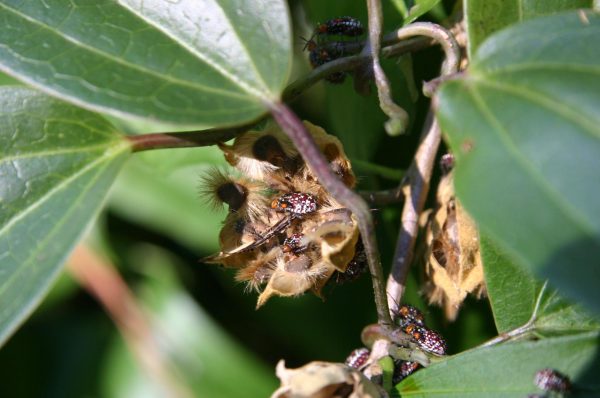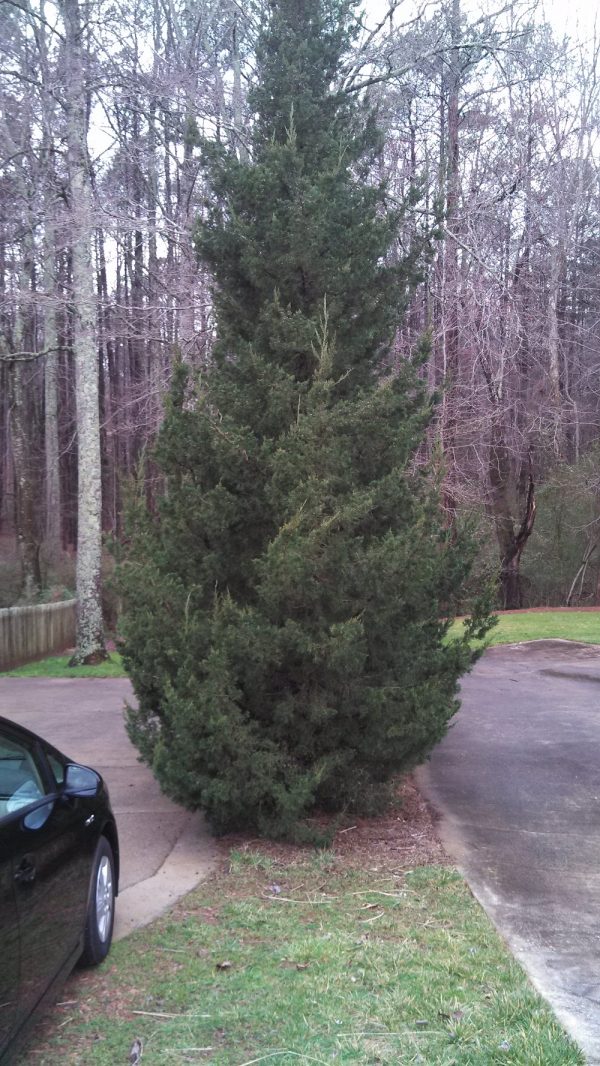Large Patch Disease – In Zoysia – UGA

The following was written by University of Georgia Researchers in October, 2006
Fall Management of Large Patch in Turfgrass
Alfredo Martinez and Lee Burpee
Plant Pathology Department, UGA
In spring of 2006, numerous zoysiagrass samples were submitted to the University of Georgia Plant Disease Clinic and were diagnosed with infections of Rhizoctonia solani, a soilborne fungus. R. solani is the causal agent of large patch disease of zoysia. R. solani can also affect centipedegrass, St. Augustinegrass and occasionally bermudagrass.
In Georgia, Large patch disease of turfgrass is most common in the fall and in the spring as grass is entering or leaving dormancy. Symptoms of the disease include irregular patches that can range in size from 2 feet to up to 10 feet in diameter. Inside the patch, brown sunken areas are easily observed. On the periphery of the patch, a bright yellow to orange halo is frequently associated with recently affected leaves and crowns. The fungus attacks the leaf sheaths near the thatch layer of the turfgrass.
Large patch development is favored by thick thatch, excess soil moisture and poor drainage. Excessive shade contributes to turfgrass stress and increased moisture on turfgrass canopy and soil. Early spring and late fall fertilization increases the severity of large patch epidemics.
If large patch was diagnosed early in the year, fall is the time to implement control measures. Research has shown that azoxystrobin (Heritage), flutalonil (Prostar), triadimefon (Bayleton), pyraclostrobin (Insignia), propiconazole (Banner Maxx) and myclobutanil (Eagle) at curatives rates applied late September or early October and repeating the application 28 days later are effective for control of large patch during fall. Repeat applications may not be required in the spring.
There are several cultural practices that you can also implement for large patch control.
Maintain adequate nitrogen levels indicated for the turfgrass species (zoysia in particular) in your area.
Water timely and deeply (after midnight/before 10 AM). Avoid frequent light irrigation to reduce humidity. Allow time during the day for plant canopy to dry.
Increase air circulation. Shrub and tree barriers contribute to shade and lack of air circulation.
Reduce thatch (no more than 1 inch thick).
Avoid applying N fertilizer before May in Georgia. Early nitrogen applications (March-April) can encourage large patch.
















